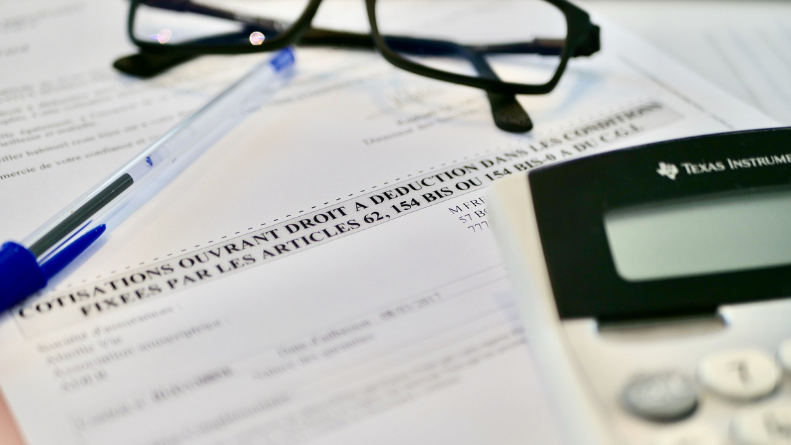A Sellers Guide to Conveyancing
You, as the seller, must legally transfer your home’s title to the buyer through the conveyancing process. It begins with the acceptance of an offer and ends with the transfer of ownership to the buyer. Selling a home necessitates a thorough understanding of the conveyancing processes and timing involved.
The purchase of a dream home, especially for first time buyers, is likely to be one of the most exciting times in someone’s life. The process of conveyancing, however, may seem a little daunting for many, and so here we will cover the process in its various stages so you can gain a basic understanding of how it all works and what to expect.
The first thing to note is that, when it comes to either selling or buying your home, it will be either a conveyancer or a solicitor (one that specialises in conveyancing) who will typically carry out the conveyancing process on your behalf to make sure all the legal and other aspects are correctly followed.
At what point do you hire/instruct a conveyancing solicitor?
For sellers, the initial step in the conveyancing procedure is to hire a conveyancing solicitor. In order for the transaction to proceed smoothly and ensure that all the legal steps are followed, you must instruct your solicitor or conveyancer in writing after accepting an offer.
The best time to choose your lawyer or conveyancer is around the time you choose your real estate agent, so that there are no delays, and the process moves quickly. This will help prevent any delays in finding a suitable conveyancer after you are under offer.
Questionnaires for sellers
Conveyancers and solicitors will supply you with thorough questionnaires regarding the property and what you wish to include in the transaction, which you must complete before the contracts are exchanged. Before you start filling out the forms, gather all of the paperwork you’ll need to sell your property.
Typically, you will be asked to complete the following forms during the conveyancing process:
- The TA6 form is a generic questionnaire that covers many aspects of the property in question, such as boundary, conflicts and complaints, developments in the pipeline that you are aware of (such as highways or railroads), construction works, council tax, utilities and sewerage, and all relevant contact information.
- Leasehold (TA 7) or commonhold (TA 9) information should be included if the freehold does not belong to you.
- (TA 10) specifies which fixtures and fittings will remain in the property after it has been sold.
- Although the (TA 13) is more technical, finalisation information such as how and where you will complete and verify that the house is clear of any mortgages or responsibility claims is also included in this document.
It’s important to know that the seller, when completing the documents above, must do so truthfully and to the best of their knowledge. If, however, this was not done in good faith and it later came to light, they could be open to being sued for damages as a result of harm caused to the plaintiff. Furthermore, if the buyers discovered something that was not right with these forms, it may well put them off going ahead with the purchase by making them nervous about what else they didn’t know about.
The draft contract and the negotiations
The information supplied in the questionnaire will be used by the solicitor to draft a contract for the sale of your property, which you will receive to check over and approve. This draft contract will include things like:
- Completion date (usually 7-28 days after the exchange of contracts).
- What fixtures and fittings are included in the purchase of the property.
- How much will the buyer have to pay for additional fixtures and fittings.
- Who is responsible for addressing any concerns highlighted in the buyer’s survey or updating the sale price if necessary.
Paying off your existing mortgage
You must first pay off your mortgage by seeking a redemption amount from your mortgage provider before you may exchange contracts. Once the sale is completed, this is the amount you’ll owe.
Exchange of contracts
Contracts will be exchanged between you and the buyer at a certain agreed upon time and date. Your conveyancer will then exchange contracts on your behalf as part of the procedure. This is often accomplished by having both parties’ conveyancers double-check the contracts to ensure they are the same, and then forwarding them to one another through postal mail as soon as they are completed.
If a chain is involved in the process by either the buyer or seller, their solicitors will also do the same thing, and the exchange will only take place when all parties to the chain are ready to proceed. There could be delays in the conveyancing process if one party in the chain delays or pulls out of the deal.

When contracts are exchanged, and you’re now legally bound to sell the property and the buyer is legally bound to buy, legal repercussions could follow for a breach. If the buyer fails to complete the purchase after exchange, you have the option of suing for breach of contract and may be able to keep the deposit. They can also sue you if you back out of the deal. You can no longer accept a new offer for your home after exchanging contracts, even if it means missing out on a higher offer.
You should receive the buyer’s deposit – typically 10% of the property price – immediately following the exchange of contracts. Until the time of completion, you still legally own the property, which means you can still live in the property until completion. But if you’re able to move out a few days in advance, it will be far less stressful to avoid a last-minute mad rush.
Completion day
You’ll turn over the keys to the property on the day of completion. In most cases, the buyer receives the keys from the estate agent, and you are responsible for leaving behind any spare keys inside the property (although in practice, many new homebuyers will change the locks).
The remaining balance of the selling price will be paid to you or your conveyancer, the legal paperwork proving ownership will be handed over, and the mortgage will be paid off with the sale profits.
It is also after completion that you will need to pay the fees for your estate agent and conveyancer.
Assuming there are no delays or complications, the total time for the conveyancing process to take place is usually between 12 and 16 weeks from the time of offer and acceptance to completion day.
ARE YOU READY TO START INVESTING?
Subscribe to our mailing list now for exclusive deals, investment guides and the latest information from the property market.






